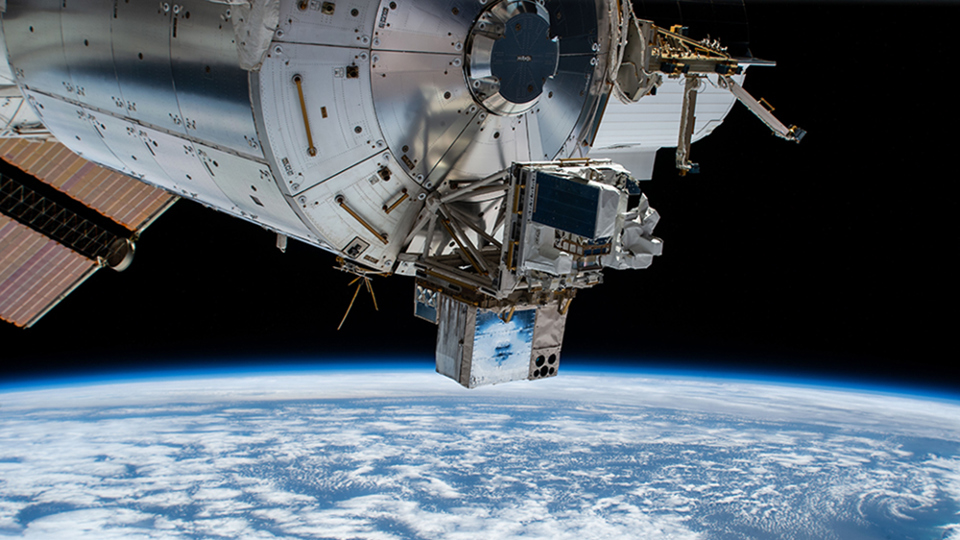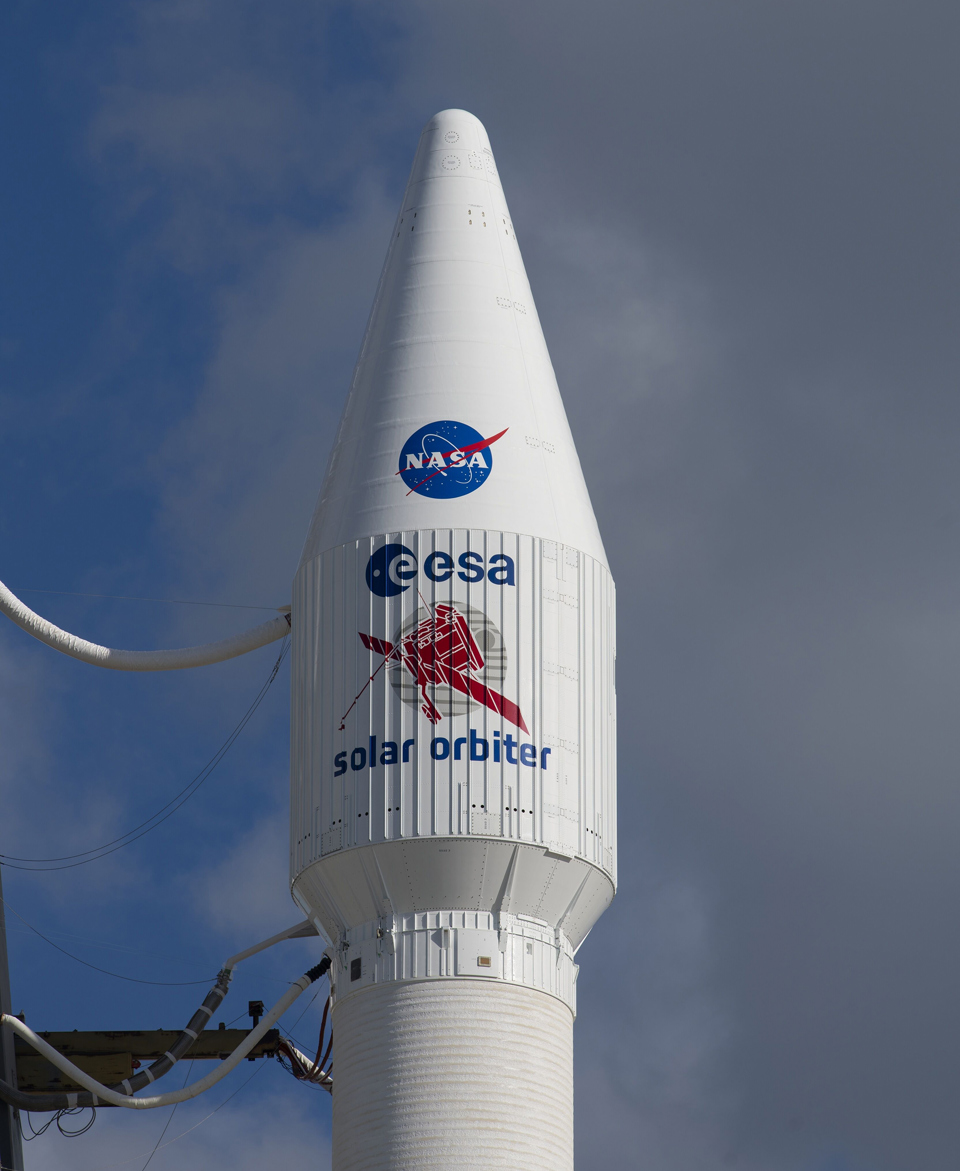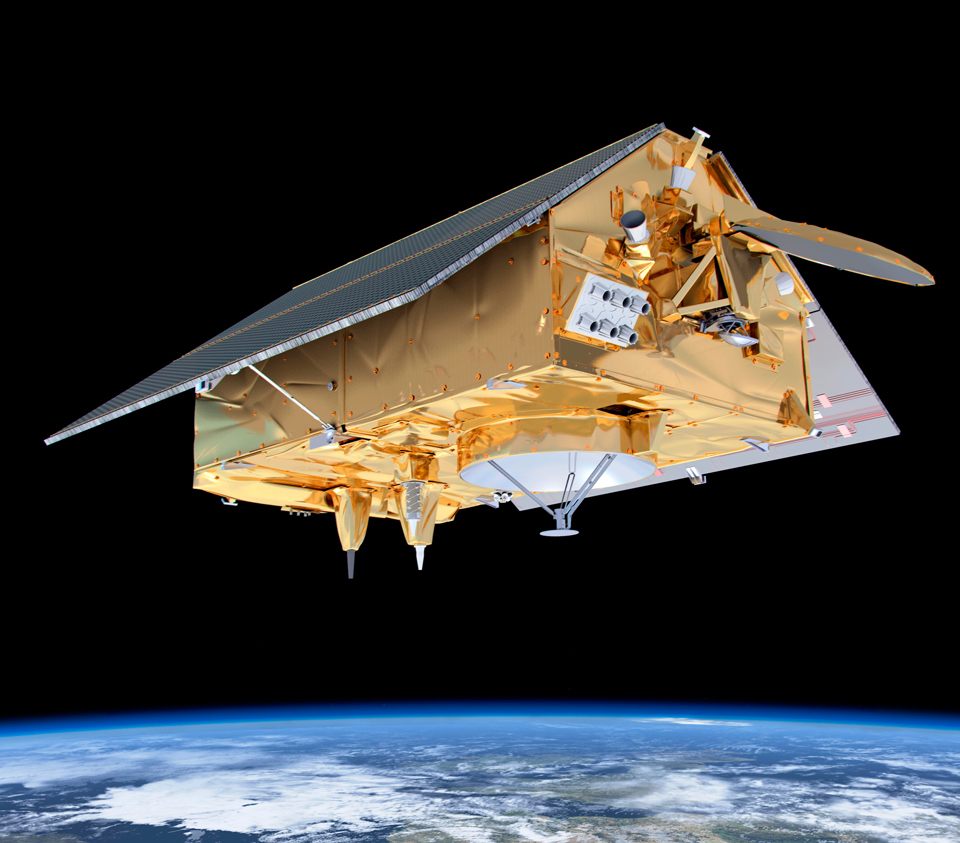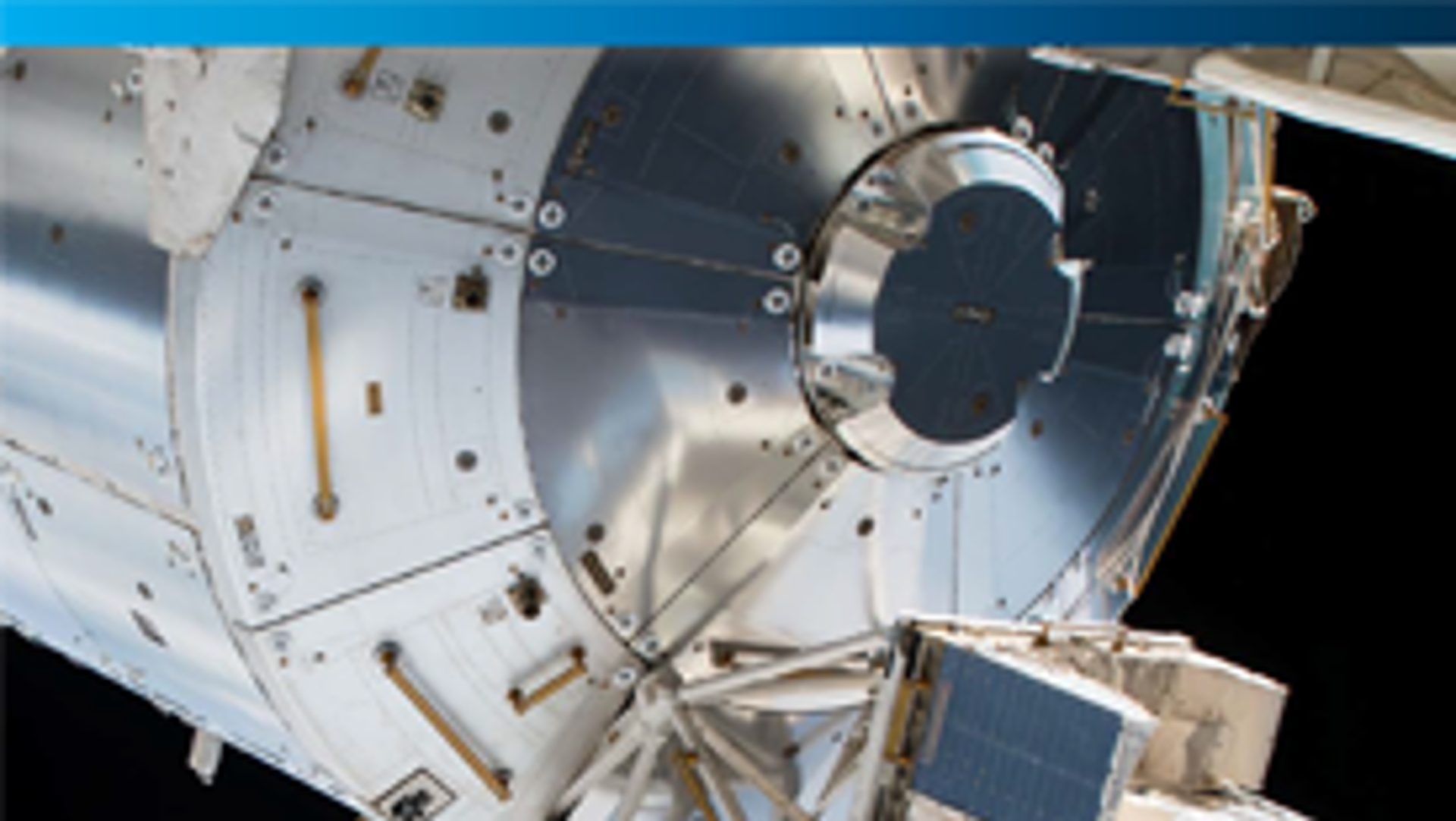On-Board Software for Space Systems
Over the years, Terma has designed and implemented on-board software (OBSW) for numerous space systems. This ranges from science missions such as Solar Orbiter to the space observatory ASIM. The software systems cover data handling, instrument monitoring and control, and attitude and orbit control systems (AOCS).
Proven track record of designing and implementing critical on-board software (category B)
Considerable experience in large ESA missions
Substantial experience in validating systems according to ECSS standards
The software has been developed according to the standard defined by the European Cooperation for Space Systems (ECSS). The standard defines a development process, according to the criticality of the system. ECSS defines four levels of criticality categories, A, B, C, D, where A is life threatening in case of a failure, B is mission threatening, C results in major degradation of the mission in case of failure. Category D is for ground software. Higher category implies more stringent process requirements.
The programming languages applied were C and Ada. For C, a safe subset was defined, and static analysis executed to ensure the rules were adhered to.
For Ada, specific coding rules were enforced by the compiler and accompanying tools.
Terma also participates in ESA research and study programs on on-board software (OBSW). Of special interest was the On-Board Software Reference Architecture study, which aimed at defining a satellite software architecture made out of a layer common to all missions (the Execution Platform), and a mission specific layer on top of the execution platform.

ASIM
The Atmosphere-Space Interactions Monitor (ASIM) is a climate observatory on the International Space Station - ISS.
The ASIM mission main scientific objective is to study the correlation between Transient Luminous Events (TLEs) and Terrestrial Gamma-ray Flashes (TGFs) which occur in the upper atmosphere above thunderstorms. This is achieved by the two instruments, one optical instrument for observing TLEs (MMIA) and one X and Gamma-ray instrument for observing TGFs (MXGS). The two instruments implement advanced triggering algorithms for the identification of these event, and also cross-trigger each other to capture both optical and gamma ray data for all events which are potential candidates of TLE/TGFs.
Terma A/S is the prime contractor, with the Technical University of Denmark as the leading scientific advisory board.
Terma developed the instrument software for both instruments. The software is implemented in Ada, and executes on a Leon3 processor, based on an Ada runtime system. The instrument software shares some common functionality, while the specific data handling is of course different due to the nature of the instruments.
The software developed was of category C.
Read the ASIM case study.

Solar Orbiter

Sentinel-6
Need more details?
Then download our solution materials
Contact us
If you have any questions about our On-Board Software (OBSW), please send us a message.
Want to learn more?
If you have any questions about Satellite Data Handling, please get in touch with our expert.






